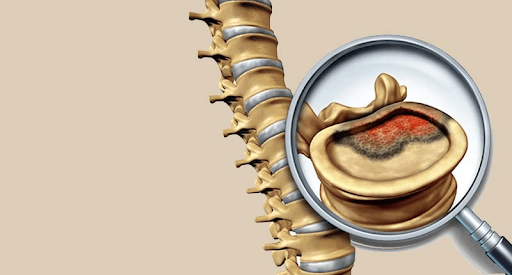Spinal infection – the best treatment is at Dr Raos, Guntur
Introduction
Spinal infection treatment is critical because the spine is a vital part of the human body, providing structure and support for the entire upper torso. Because of its importance, any infection or inflammation of the spine can have serious consequences. Spinal infections can occur anywhere along the length of the spine, from the neck to the lower back. There are several different types of spinal infections, each with its own set of symptoms and treatment options. The most common type of spinal infection is vertebral osteomyelitis, which is an infection of the bone tissue. Other types of spinal infections include intervertebral disc space infections and spinal canal infections. Symptoms of a spinal infection may include pain, stiffness, and fever. In some cases, neurological problems such as weakness or paralysis can also occur. Diagnosis of a spinal infection typically involves a combination of physical examination, imaging tests, and laboratory tests. Treatment for a spinal infection typically involves antibiotics to clear the infection, as well as pain relief and rest. In some cases, surgery may also be necessary to remove infected tissue or to stabilize the spine. If you’re looking for the best spine surgery center for spinal infection, look no further than Dr. Rao’s hospital, the best spine surgery center in India. Our experienced neurosurgeon and spine specialist will work with you to find the best treatment option for your condition. Call us today to schedule a consultation @9010056444.
risk factors
There are many risk factors for developing a spinal infection, including:
• Having a weakened immune system
• Having diabetes
• Having cancer
• Having a history of drug abuse
• Having had recent surgery on the spine or another area of the body
types
There are four main types of vertebral osteomyelitis:
1. Infection of the vertebral body: This is the most common type of vertebral osteomyelitis, accounting for approximately 60% of all cases. It usually occurs as a result of bacteria spreading from another infection site in the body, such as the lungs or urinary tract.
2. Infection of the intervertebral disc space: This type of vertebral osteomyelitis accounts for approximately 20% of all cases. It usually occurs as a result of bacteria spreading from another infection site in the body, such as the lungs or urinary tract.
3. Infection of the spinal canal: This type of vertebral osteomyelitis accounts for approximately 10% of all cases. It usually occurs as a result of bacteria spreading from another infection site in the body, such as the lungs or urinary tract.
4. Infection of the paravertebral tissues: This type of vertebral osteomyelitis accounts for approximately 10% of all cases. It usually occurs as a result of bacteria spreading from another infection site in the body, such as the lungs or urinary tract.
symptoms
The symptoms of a spinal infection can vary depending on the location and severity of the infection. However, some common symptoms include back pain, stiffness, and fever. If the infection is in the spinal cord, additional symptoms may include weakness, numbness, and difficulty walking. If the infection is left untreated, it can spread to other parts of the body and cause life-threatening complications.
diagnosis
There are a few different ways that doctors can diagnose a spinal infection. The first way is through a physical examination. Your doctor will feel for any areas of tenderness or pain in your spine. They will also look for any signs of redness or swelling. The second way to diagnose a spinal infection is through imaging tests. These tests can include an X-ray, MRI, or CT scan. These tests will help your doctor to see if there is any damage to the bones or tissues in your spine. The third way to diagnose a spinal infection is through a blood test. This test can show if there are any bacteria or viruses present in your blood. Once your doctor has diagnosed a spinal infection, they will then be able to start you on the proper treatment plan.
treatment
The mainstay of treatment for vertebral osteomyelitis is antibiotics. Antibiotics are typically given intravenously (through a vein) for four to six weeks. Surgery is sometimes needed to remove infected bone or tissue. In some cases, a longer course of antibiotics may be needed.
Conclusion
In conclusion, spinal infections are serious and potentially life-threatening conditions that require prompt diagnosis and treatment. Early diagnosis and treatment is essential to prevent permanent damage to the spine and nervous system. If you suspect that you or someone you know may have a spinal infection, it is important to seek medical attention immediately. If you’re looking for the best spine surgery center for spinal infection, look no further than Dr. Rao’s hospital, the best spine surgery center in India. Our experienced neurosurgeon and spine specialist Dr. Rao will work with you to find the best treatment option for your condition. Call us today to schedule a consultation @9010056444.

